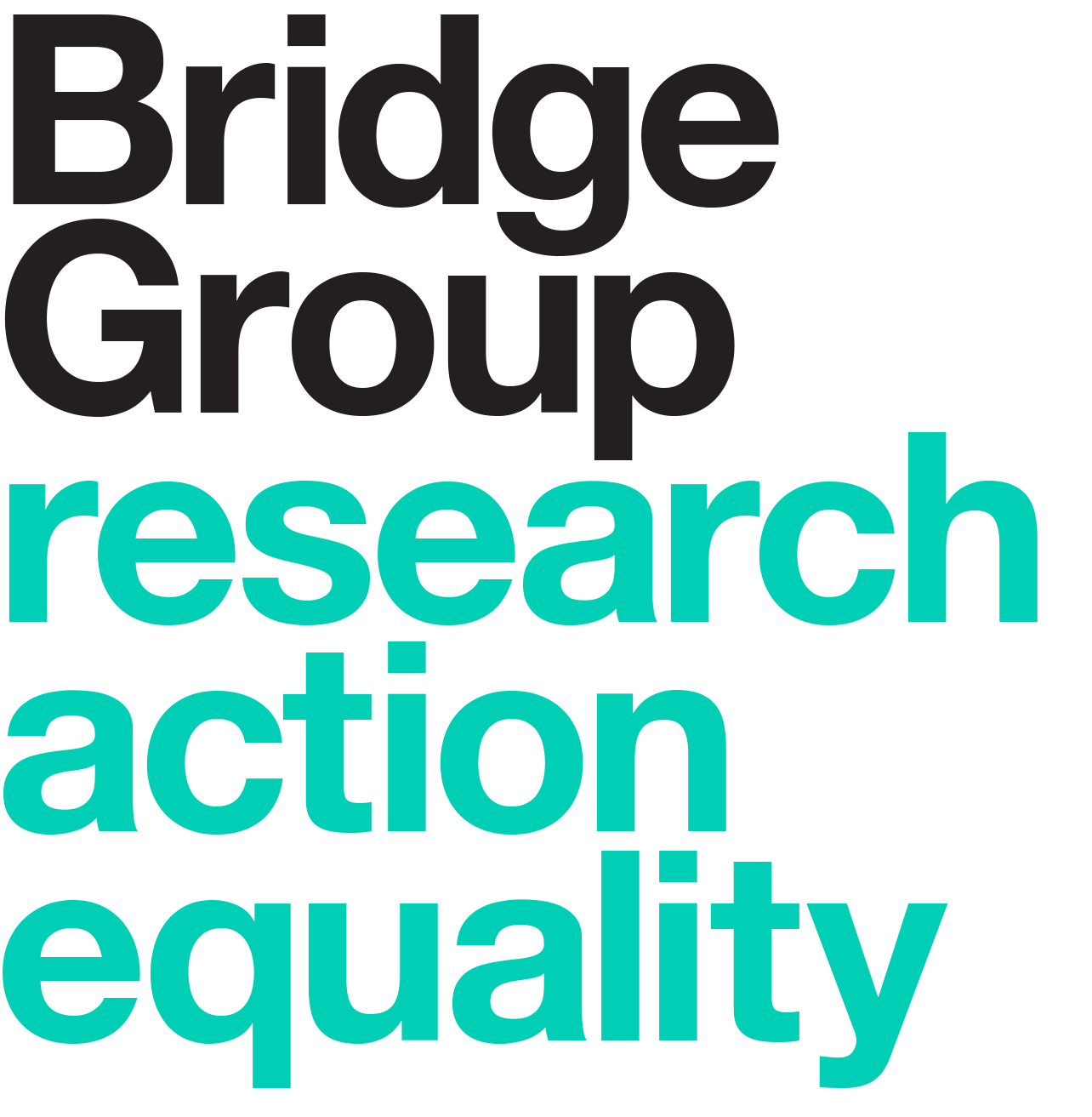Using data to support diversity and inclusion
Using data to support diversity and inclusion
The Bridge Group hosted an online event on 3 March 2022 to bring together evidence and recommendations from a range of recent reports and the practical experience of organisations from the Creative and Cultural Industries (CCIs). Colleagues from 30 organisations of different sizes in the CCI sector from all over the UK attended. Nik Miller (Bridge Group) chaired the event, which started with a roundtable with Kate Danielson (Jerwood Arts), Dr Tamsyn Dent (King’s College London), Dr Dave O’Brien (University of Sheffield) and Dr Helen Wareham (Bridge Group). Attendees then broke into groups for discussion. A summary of the event is available here.
Data emerged as a big issue. We provide here a summary of discussions and advice at the event on using data to support diversity and inclusion. Further to this, the Bridge Group will offer a session later in the spring on how to collect and use data collection within CCI organisations, particularly smaller organisations. If you are interested, please register your interest here.
Data is often a central part of discussions around diversity and inclusion. Attendees recommended:
using toolkits such as the Jerwood employers toolkit and the Social Mobility Commission creative industries toolkit to help develop data strategies and decide which questions to ask.
using simple survey software such as Survey Monkey, Typeform and Smart Survey, the basic versions of which are free. Survey software can generate surveys and collect data; and some includes analytical tools to summarise the data and generate reports.
Defining socio-economic background
Question during the event: “With most protected characteristics we ask people to self-define, whereas with socio-economic background we ask questions about particular conditions (mostly relating to upbringing) to then assign people a class category. Why?”
Dr Helen Wareham responded:
Even with changes in the wider societal landscape and people’s current situations there’s a fundamental and significant relationship between the environment we grow up in and our later life outcomes.
It is useful to also collect people’s current socio-economic situation, knowing people’s current situation helps to identify what support and opportunities could be made available more immediately, while knowing the historic information of someone’s background gives us a greater context as to the priority for that support and access to opportunities. For example, most of us experience financial hardship at some point in our lives but our backgrounds contribute to how we might be able to respond to that hardship. Someone whose parents were in higher-waged occupations growing up (lawyer, office manager) are more likely to have a wider range of resources (financial, advice and guidance, social and professional networks) to draw upon while someone whose parents were not able to work or worked in lower-waged occupations (shop assistant, warehouse operative) will not have the same range of resources to draw upon.
Transparency vs. privacy
A number of questions from attendees expressed concern about privacy and – where organisations and teams are small – that people may become identifiable:
“In a small organisation, where one or two people represent a large proportion of the team, is there any other meaningful way of measuring impact/progress? Also, I'm a bit concerned about GDPR with a smaller organisation, as identifying the roles people are in will actually reveal personal information …”
“Privacy is also an issue when reporting on diversity at Board level, where boards are usually 6-10 people.”
“We have a core staff team of three - I feel very uncomfortable reporting on our team's diversity (which ticks lots of boxes) because it would enable ‘outing’ of who is who.”
Dr Helen Wareham:
There’s a balance to be found between privacy and confidentiality when we are processing data we have collected. We need to be guided by what people are comfortable being publicly shared. In asking people to provide and share data, it’s important to be clear how that data will be reported and ask whether people are happy with information being shared. This can be done retrospectively. For small organisations, this can be a good springboard to engage people and create opportunities for open and inclusive conversations.
Finding this balance is especially important and often difficult when we are working with a small number of people and there is concern that information can be attributed to individuals. However, as part of everyday and professional life, people and organisations share a lot of information. For example, if you publish on your website pictures and a bio of senior management or board members then some data is already out there (i.e. what is the gender balance of the board). If you just share the names then information can still be found in the public domain through linkedin, twitter etc.
Another thing to consider is that numbers are helpful, but they’re not always needed. What is often more important is the action plan and timescales of what you’re going to do next. For example, if you have a staff of six and all identify as White British and one is male, you may not want to share that information. But you can acknowledge there are ethnicity and gender imbalances within staff that need to be addressed with clear and detailed steps and timescales of what you’re going to do. These steps and timescales are more important and become your measure of progress and impact: did you carry them out? Were they achieved?
By Dr Helen Wareham, Senior Data Analyst at the Bridge Group
